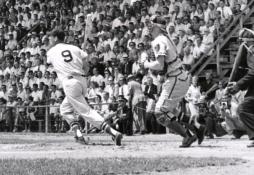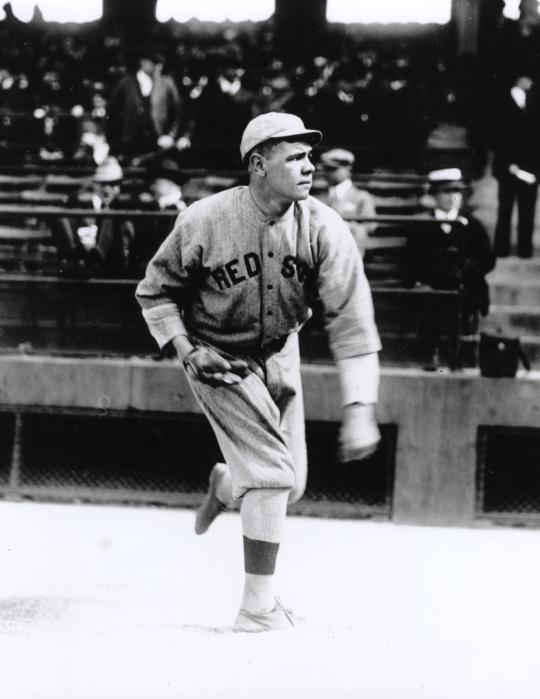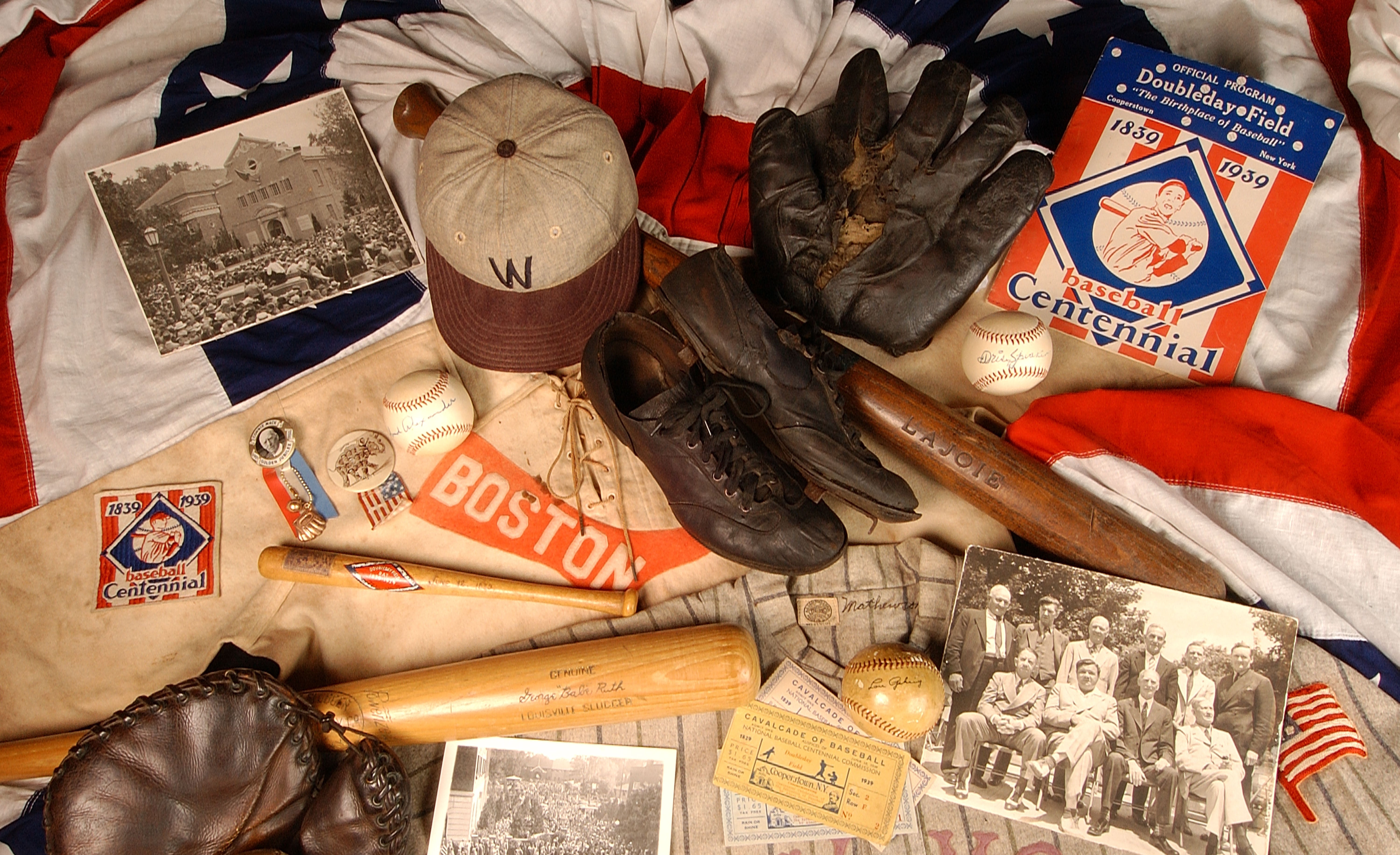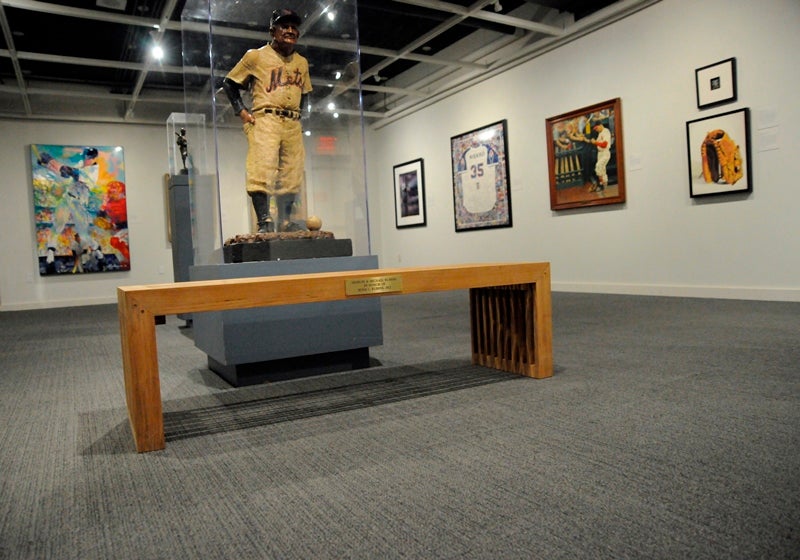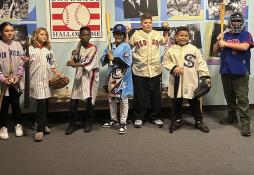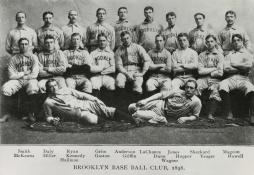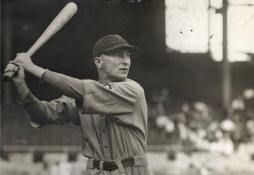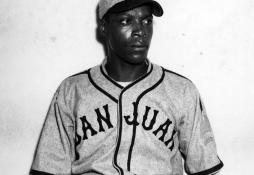- Home
- Our Stories
- Babe Ruth clubs his first major league homer
Babe Ruth clubs his first major league homer
When the New York Yankees arrived at the Polo Grounds to begin their first three-game set with the Boston Red Sox in 1915, they had only a faint idea of what to expect from Boston’s starting pitcher.
As it turned out, there was another side of the young southpaw named “Ruth” that the Yankees weren’t prepared for – his bat.
It was on May 6, 1915 that Babe Ruth hit his first of 714 major league home runs. Tabbed by the Red Sox to win the game with his arm, not his bat, the rookie hurler flashed the kind of prodigious power at the plate that would make him the most famous slugger in history.
The game was scoreless and the bases were empty in the top of the third inning when George Herman Ruth stepped up to the plate against Yankee right-hander Jack Warhop. It was only his 18th major league at-bat, and while he had notched three doubles earlier that season, surely few people at the Polo Grounds expected much pop from a hitting pitcher. Only Ruth’s former teammates in Baltimore, with whom he had played during Ruth’s brief International League days, knew of the clout he possessed.
But when Warhop wound up and delivered his first offering, Ruth smacked it with a sound that made the 8,000 in attendance gasp.
“In the third inning, Ruth knocked the slant out of one of Jack Warhop's underhanded subterfuges,” wrote Damon Runyan in the next day’s New York American, “and put the baseball in the right field stands for a home run."
Ruth’s slam cut through the chilly spring air and landed in the second tier of the Polo Grounds’ right-field grandstands. It was a left-handed swing that the young Ruth would later employ, ironically, to christen the original Yankee Stadium and repeat many times over in the Bronx.
"Mr. Warhop of the Yankees," wrote Wilmot Giffin in the New York Evening Journal, "looked reproachfully at the opposing pitcher who was so unclubby as to do a thing like that to one of his own trade. But Ruthless Ruth seemed to think that all was fair in the matter of fattening a batting average."
Ruth collected two more hits that day, and also pitched 12 1/3 innings in an eventual loss to the Bronx Bombers. While his best hitting days were yet to come, the 20-year old first became a pitching star, winning 18 games in 1915 for a Red Sox club that claimed the World Series title.
In 1920, after Boston sold him to the Yankees in one of baseball’s most famous deals, Ruth moved to the outfield and became a full-time hitter. The switch paid off for the Bronx Bombers as the Great Bambino re-wrote much of the game’s record book and led New York to its first four World Series championships.
But on May 6, 1915 – before all the accolades and home runs – reporters and fans alike left the Polo Grounds talking about that young kid named Ruth.
“This Ruthless Ruth, the stem-winder, is some hurler,” wrote Giffin. “A pitcher who is so versatile that he can not only shoot all sorts of deliveries from the port turret, but can besides all this hit a home run, and a couple of incidental singles in one game is some asset, ladies and gentlemen, some asset indeed.”
Matt Kelly was the communications specialist at the National Baseball Hall of Fame and Museum
Support the Hall of Fame

Hall of Fame Champions

Hall of Fame Champions
Mentioned Hall of Famers
Related Stories
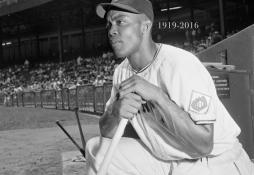
Remembering Monte Irvin
50 Hall of Fame Legends to be in Cooperstown For Hall of Fame Weekend, July 22-25

Rare Christy Mathewson bat added to Hall of Fame collection
Museum’s Authors Series Programs Bring Latest Baseball Stories to Cooperstown
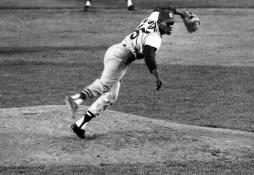
Bob Gibson wills Cardinals to Game 7 victory in 1964 World Series
